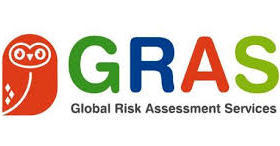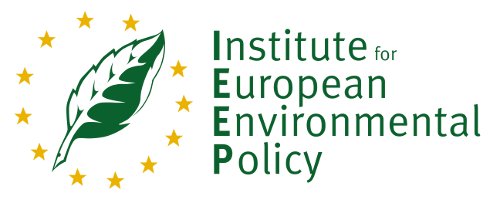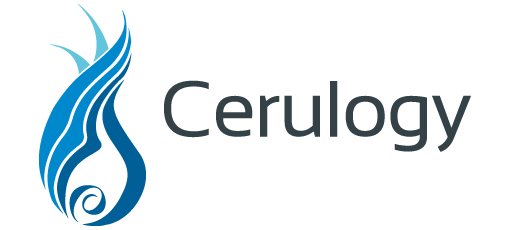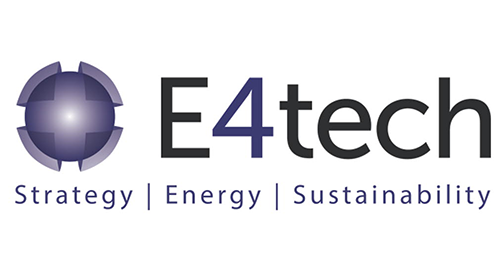This website provides information on two projects providing technical assistance to the European Commission on the topic of indirect land-use change (ILUC).
Latest News
-
Webinar slides and updated FAQ Low ILUC Pilots available now
- Information
- Lot 2 / 19 May 2024
On 7 May 2024, the final project results of the low ILUC-risk pilot project were presented. The webinar was attended by almost 150 stakeholders from all over the world. The webinar launched the projects’ final report and the low ILUC-risk certification guidance. Both can be found on the publication page. For those who were unable to attend, the webinar slides can be downloaded here, as well as a list of frequently asked questions. -
Save the date! | Webinar ‘certification of low ILUC-risk fuels’
- Information
- Lot 2 / 12 April 2024
On 7 May from 14:00-16:00 CET the low ILUC project team will present the final results of the low indirect land-use change (ILUC) certification pilot project for the European Commission (tender reference ENER/C2/2018-462 Lot 2). The webinar will focus on the insights from the pilot projects and reflect on the low ILUC-risk methodology. The final low ILUC certification guidance and project report are published on the project website. Please regist... -
Low ILUC Pilots - final deliverables published
- Information
- Lot 2 / 29 March 2024
The final results of the low ILUC pilot project for the European Commission (tender reference ENER/C2/2018-462 Lot 2) are published today. The final report is published, as well as the phase 2 pilot reports (listed below) and the low ILUC certification guidance, which is improved based on the insights of the second phase of the project, and can now be rolled out by EC-recognised voluntary schemes. Additional supporting documents like the audit ch...
About the projects
Both projects are within the contract ‘Support for the implementation of the provision on ILUC set out in the Renewable Energy Directive’ (ENER/C2/2018-462 Lot 1 & Lot 2). The two projects run in parallel and can be regarded as separate projects, one focusing on high ILUC-risk fuels and one on low ILUC-risk fuels.
Lot 1 aims to review the report from the Commission to the Parliament on the status of production expansion of relevant food and feed crops worldwide (COM(2019) 142), focussing on the quantification of feedstock expansion onto land with high carbon stock, as input for the determination of high ILUC fuels. Lot 1 is conducted by a consortium of Guidehouse as lead partner, together with GRAS, IIASA, IEEP, Cerulogy, and a selection of individual experts.
Lot 2 aims to pilot and test how biofuels can be produced and certified with a low ILUC risk. Lot 2 is conducted by a consortium of Guidehouse as lead partner, together with IEEP, ISCC, Control Union, E4tech, and Cerulogy.
Lot 1 – High ILUC-risk fuels review
Aim: Review the expansion of food and feed crops into high carbon stock land, as well as other elements used to determine high ILUC-risk fuels.





Lot 2 – Low ILUC-risk pilots
Aim: To pilot and test how biofuels can be produced and certified with a low ILUC risk.






The REDII
The recast of the Renewable Energy Directive (REDII) entered into force on 24 December 2018, setting out the framework for renewable energy in the EU to 2030. The REDII promotes the development of renewable energy in the next decade through an EU-wide binding renewable energy target of at least 32% by 2030, to be achieved collectively by Member States. The REDII also requires Member States to implement an obligation on fuel suppliers to achieve 14% renewable energy consumption in the transport sector by 2030.
The REDII contains several measures to limit the risks of indirect land-use change (ILUC):
- The REDII defines low ILUC-risk biofuels and the Commission published a Delegated Regulation (EU) 2019/807 which defines high ILUC-risk fuels and sets out criteria to identify low ILUC-risk biofuels.
- The total contribution of conventional biofuels in each Member State in the 2021-2030 period is restricted to 1% above the contribution from those biofuels to the gross final consumption of energy from renewable energy sources in 2020.
- The contribution of high ILUC-risk fuels produced from crops originating from high carbon stock land is limited at the 2019 level from 2021 onwards and their contribution will be gradually phased out by 2030.
After the recast of the RED, the Commission published a Delegated Regulation (EU) 2019/807. This defines high ILUC-risk fuels, as well as criteria for the certification of low ILUC-risk fuels. The Delegated Regulation was accompanied by a report from the Commission to the Parliament on the status of production expansion of relevant food and feed crops worldwide (COM(2019) 142 – further referred to as the ‘report on feedstock expansion’). This report provides background and details on the determination of high ILUC fuels.
The criteria to certify biofuels as “low ILUC-risk” provides an opportunity for economic operators to demonstrate that their fuels have a low risk of ILUC impacts. Such fuels can then avoid the cap on high ILUC-risk biofuels. The concept of low ILUC-risk biofuels relies on producing additional biomass, either through additional yields in existing crop systems, or through new crop production on formerly unused land, abandoned agricultural land or severely degraded land. Additional biomass produced on top of current and projected future agricultural production levels used for food and feed, means that displacement of food production is avoided. Therefore, food-crop based biofuels do not displace the existing use of crops for food and feed but are produced from a new feedstock base which is additional to current production levels.